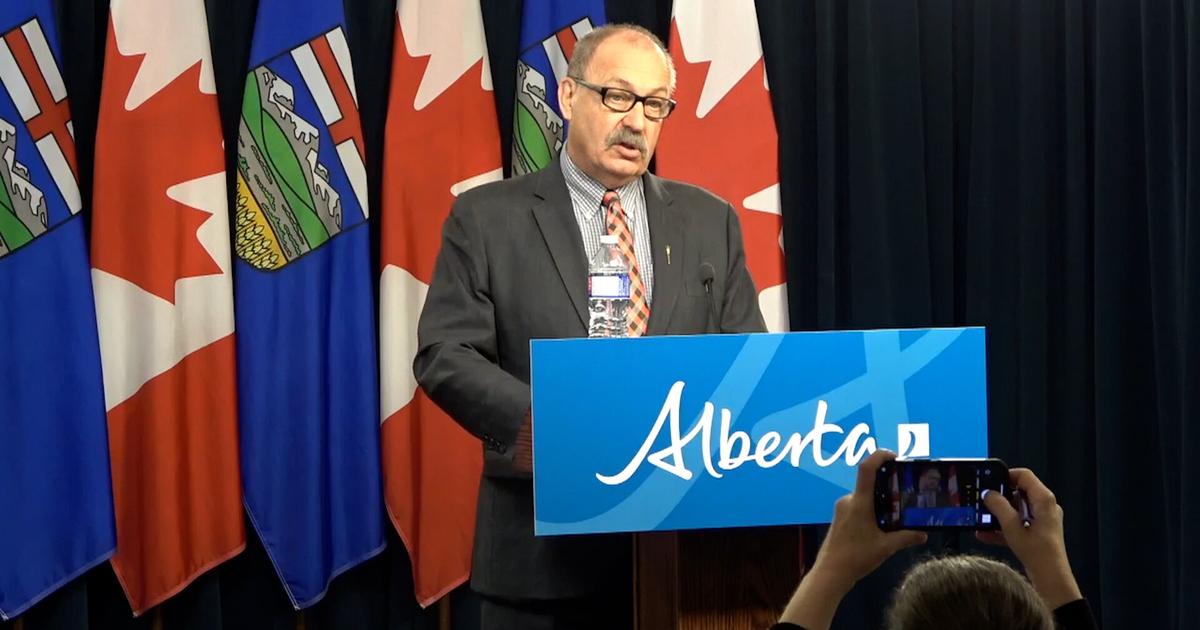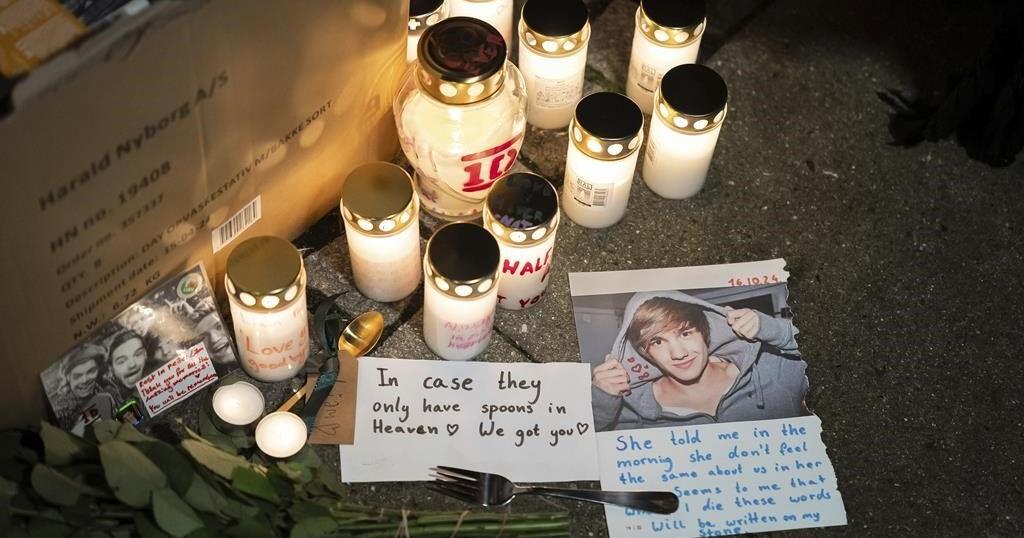OTTAWA – The executive team from the Assembly of First Nations will meet in the coming days to discuss how to proceed with new negotiations for a child welfare reform deal after chiefs voted against the government’s proposed $47.8 billion agreement at a meeting in Calgary Thursday.
AFN National Chief Cindy Woodhouse Nepinak, who had helped negotiate the deal and pushed for it to be approved, was blunt in her assessment of the outcome in her closing remarks to the special chiefs assembly Friday.
“We also recognize the success of the campaign that defeated this resolution. You spoke with passion, and you convinced the majority to vote against this $47.8-billion national agreement,” she said.
“There is no getting around the fact that this agreement was too much of a threat to the status quo, to the industry that has been built on taking First Nations children from their families.”
Cindy Blackstock, executive director of the First Nations Child and Family Caring Society which helped launch a discrimination case against Canada that led to the deal, said “that’s an unfortunate characterization of the chiefs taking a look at the agreement with their own experts and own legal staff and making an informed decision that’s best for them.”
“I respect the National Chief, and I look forward to kind of working with her and everyone to make sure that we get this across the finish line,” Blackstock said.
The defeated deal was struck between Canada, the Chiefs of Ontario, Nishnawbe Aski Nation and the Assembly of First Nations in July after a nearly two-decades-long legal fight over the federal government’s underfunding of on-reserve child welfare services.
The Canadian Human Rights Tribunal said that was discriminatory because it meant kids living on reserve were given fewer services than those living off reserve.
The tribunal tasked Canada with reaching an agreement with First Nations to reform the system, and also with compensating children who were torn from their families and put in foster care.
The $47.8 billion agreement was to cover 10 years of funding for First Nations to take control over their own child welfare services from the federal government, create a body to deal with complaints and set aside money for prevention, among others.
Before the deal was announced in July, three members of the AFN’s executive team wrote letters to the national chief saying they feared the deal was being negotiated in secret, and asked for a change in course. They also said the AFN was attempting to sideline the First Nations Child and Family Caring Society from negotiations.
Those concerns largely remained when the deal was announced in a closed-door meeting at the AFN’s last gathering, with chiefs questioning how the reforms will work on the ground, and service providers saying their funding levels will be significantly cut which would impact their ability to do their work effectively.
Blackstock found support from 267 out of 414 chiefs who voted against a resolution calling for the deal to be approved.
Squamish Nation chairperson Khelsilem introduced a resolution Friday calling for a new negotiation mandate from chiefs.
“This is a lesson for the Assembly of First Nations, for the staff and legal, for the advisers, for the portfolio holder who has worked on this deal,” he said.
“The way we got here was not the way we should have done this. There’s a better way forward.”
His resolution, and another one from child welfare advocate and proxy chief for Skawahlook First Nation, Judy Wilson, called for the creation of a children’s chiefs’ commission comprised of leadership from all regions in the country to negotiate a new deal and provide oversight, along with a new legal team.
It also calls for chiefs to be given at least 90 days to review an agreement before voting on it, with the document to be made available in both official languages.
Khelsilem said the new negotiation mandate was developed with about 50 leaders from across the country, and hopes it will set a positive path forward in the best interest of kids in care after a fairly testy special chiefs assembly. He also said the new mandate will address “flaws” highlighted by chiefs across the country, and will ensure there is more transparency.
“We didn’t have to be in a situation where we had to vote down a flawed agreement and then create a direction to be able to get this back on track,” he said to chiefs.
“We didn’t have to be here if the process that was used to create the (final settlement agreement) was a meaningful process that meaningfully respected and consulted First Nations, that allowed for meaningful dialogue to improve that agreement.”
In a statement, a spokesperson for the minister of Indigenous Services said Canada worked closely with First Nations on this deal, and as it was being amended.
“The agreement that chiefs in assembly rejected yesterday is the final product of those close negotiations,” Jennifer Kozelj said.
“Canada remains steadfast in its commitment to reform the First Nations child and family services program so that children grow up knowing who they are and where they belong.”
Blackstock said that Indigenous Services Minister Patty Hajdu or Prime Minister Justin Trudeau ought to have been at the gathering in Calgary if they stood by the agreement.
In a statement Friday, the Assembly of First Nations Quebec-Labrador said they’re grateful for the work that has been done to date, but that chiefs need to work together to amend the deal so it respects diversity of communities and eliminates systemic discrimination.
“As chiefs, we have a sacred responsibility to protect our children and families for the next seven generations,” said interim regional chief Lance Haymond.
Blackstock says that even though the deal was defeated, it doesn’t mean they’re starting from the bottom.
“We have so much to build on, including the draft final settlement agreement,” she said. “This is a reset to ensure that First Nations kids all succeed.”
This report by The Canadian Press was first published Oct. 18, 2024.























